- In China, the No. 1 flood occurred in 2020, and the state actively launched rescues in response to the flood
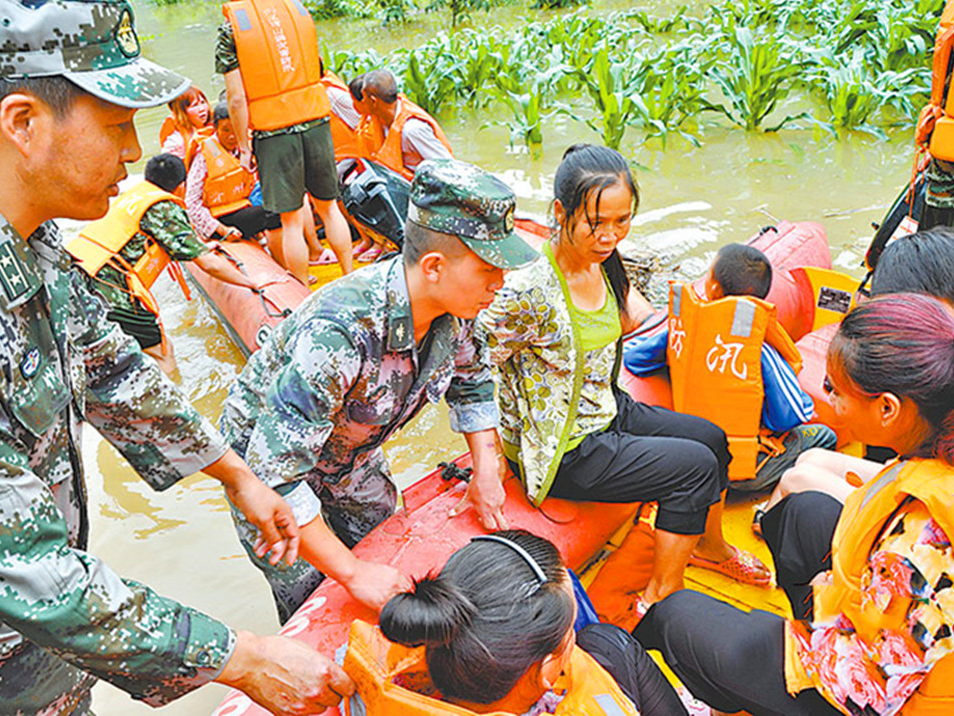
What is the current flood situation and how will it develop during the critical period? On July 13, Ye Jianchun, deputy minister of water resources, introduced that since June, there have been 433 rivers with over-alarm floods, of which 109 have been over-protected and 33 have over-history. In the Yangtze River, the upper reaches of the Yellow River, the Xijiang, Beijiang, and Taihu Lakes of the Pearl River Basin, flood No. 1 occurred in 2020. At present, the Yangtze River mainstream under the Jianli River and Dongting Lake, Poyang Lake and Taihu Lake are still super-alarm. The rest of the rivers and rivers are generally stable.

According to Ye Jianchun, China is about to enter a critical period of flood control in the "seventh and eighth upsurge." The current situation in the Yangtze River and Taihu Basin is still grim. It is expected that the rain belt will rise northward in the later period, and large regional floods may occur in northern rivers such as the Huai River.
Severe flooding in the Southwest
Zheng Guoguang, secretary general of the National Disaster Reduction Committee and deputy director of the emergency management department, introduced that there are four main characteristics of flood conditions and disaster conditions in China: the total rainfall is large, and the local intensity is large; It is difficult to transfer risk aversion; there are many flood-affected provinces, and heavy losses in some areas.
Zheng Guoguang introduced that since June, the distribution of precipitation has been extremely uneven, and the average rainfall in the Yangtze River Basin has ranked first since 1961. There have been many torrential geological disasters in the southwest and other places, and in some areas small and medium reservoirs and small and medium-sized river embankments have been in danger. So far, 2.246 million person-times have been transferred urgently. In 27 provinces (autonomous regions and municipalities), 38.73 million people were affected, resulting in the death of 141 people and the collapse of 29,000 houses.
Zheng Guoguang introduced that after entering the floods, the General Office of National Defense and the Ministry of Emergency Management organized the water conservancy, natural resources, meteorology, emergency and other departments and relevant provinces to carry out rolling consultations and scheduling judgments on rain, water and flood conditions. The General Administration of National Defence and the National Disaster Reduction Committee have initiated emergency response 14 times, dispatching a total of 25 working groups, and the Ministry of Commerce and Finance has issued a total of 1.155 billion yuan in central disaster relief subsidies.

The Ministry of Water Resources has initiated emergency response five times, dispatched more than 20 working groups and expert groups to the frontline guidance; scientifically and finely dispatched 2297 (secondary) reservoirs, blocked a total of 64.7 billion cubic meters of floods, and avoided the transfer of 7.23 million people. Among them, the Three Gorges Reservoir has blocked 2.9 billion cubic meters of floods since July; the Joint Meteorological Administration issued 62 warnings, sending 15.05 million warning messages in total, and starting warning broadcasts for more than 105,000 times.
The national comprehensive fire rescue team has dispatched 47,000 people, rescued and evacuated 76,000 people in distress, strengthened coordination with the People's Liberation Army and the Armed Police Force, docked a total of 203 engineering rescue teams of central enterprises, and actively coordinated and guided social rescue forces to participate in rescue Disaster relief.
Strengthen flood preparation in the north
According to Ye Jianchun, during the period of "Seven Downs and Eight Ups", it is expected that large regional floods may occur in the middle reaches of the Yellow River, the Hainan South System, the Songhua River, the Liaohe River, the Yangtze River, the Huaihe River and the Taihu Lake. , May continue for some time.
Some river basins in the north have not experienced flooding for many years, and some cadres have relatively weak flood control awareness, and their flood control capacity is relatively low. The northern region should also pay close attention to the three major risks of excessive floods, reservoir failures and mountain flood disasters. The water conservancy department will further refine the work of monitoring, forecasting and early warning, scientific dispatching of water projects, patrol and inspection of dikes and waterproofing reservoirs, and investigation and rectification of hidden dangers.

Zheng Guoguang introduced that in the next stage, it is necessary to prevent disasters such as floods, torrents, landslides, debris flows, and urban waterlogging in small and medium-sized rivers, accurately prepare for the deployment of rescue forces in key areas and key parts, refine the action plan, and organize flood control in the first time. Rescue.
Flood control construction
According to reports, from 2020 to 2022, China plans to focus on the promotion of 150 major water conservancy projects, including flood control and disaster mitigation, optimal allocation of water resources, irrigation and water conservation and water supply, water ecological protection and restoration, and smart water conservancy. The total investment is 1.29 trillion yuan. . According to estimates, after the implementation of these projects, it is expected that the new flood control storage capacity will be about 9 billion cubic meters, the length of the control channel will be about 2,950 kilometers, the newly-added irrigation area will be about 28 million mu, and the annual water supply capacity will be about 42 billion cubic meters.
According to Su Wei, deputy secretary general of the National Development and Reform Commission, 150 major water conservancy projects include 56 flood control and disaster mitigation projects, 26 water resource optimization allocation projects, 55 irrigation and water saving and water supply projects, 8 water ecological protection and restoration projects, and 8 wisdom. There are 5 water conservancy projects, 96 of which involve major national strategies such as Beijing-Tianjin-Hebei coordinated development, development of the Yangtze River Economic Belt, ecological protection of the Yellow River Basin, and high-quality development. Editor/Tian Zengpeng
Comment
 Praise
Praise
 Collect
Collect
 Comment
Comment
 Search
Search


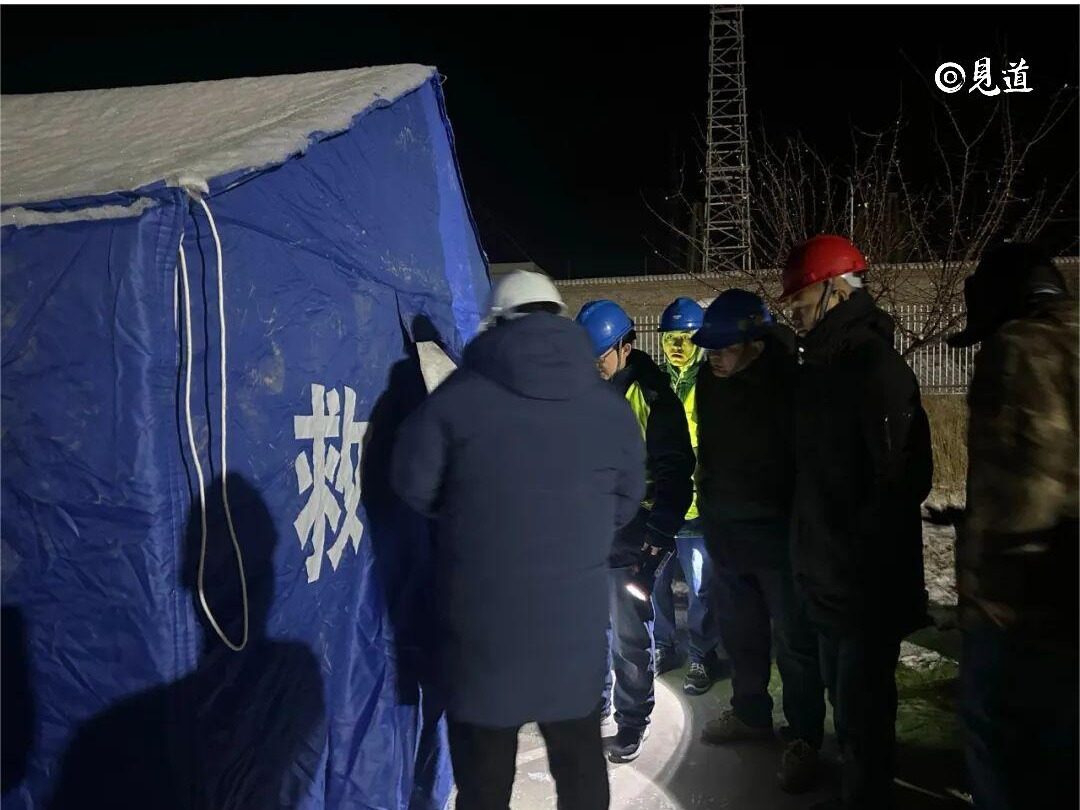
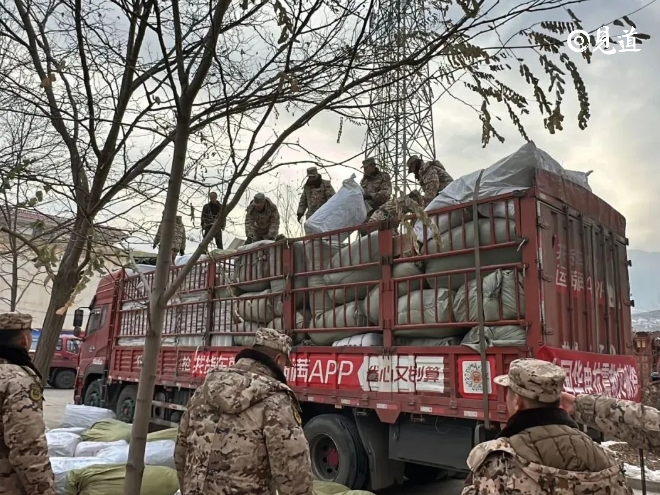
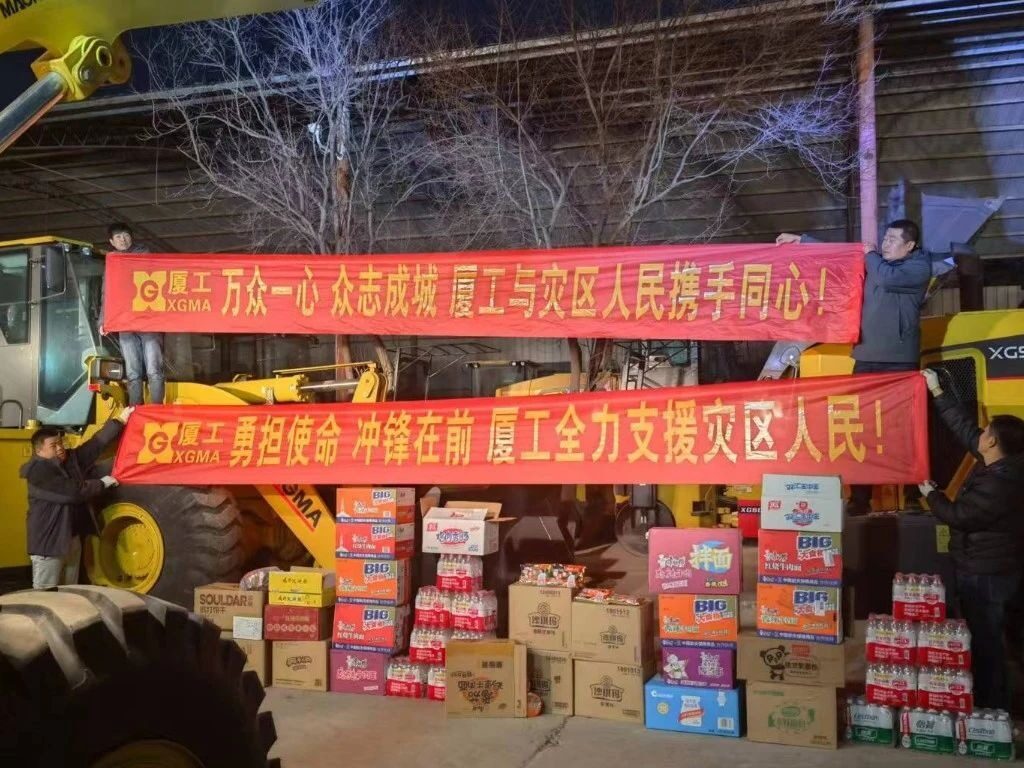

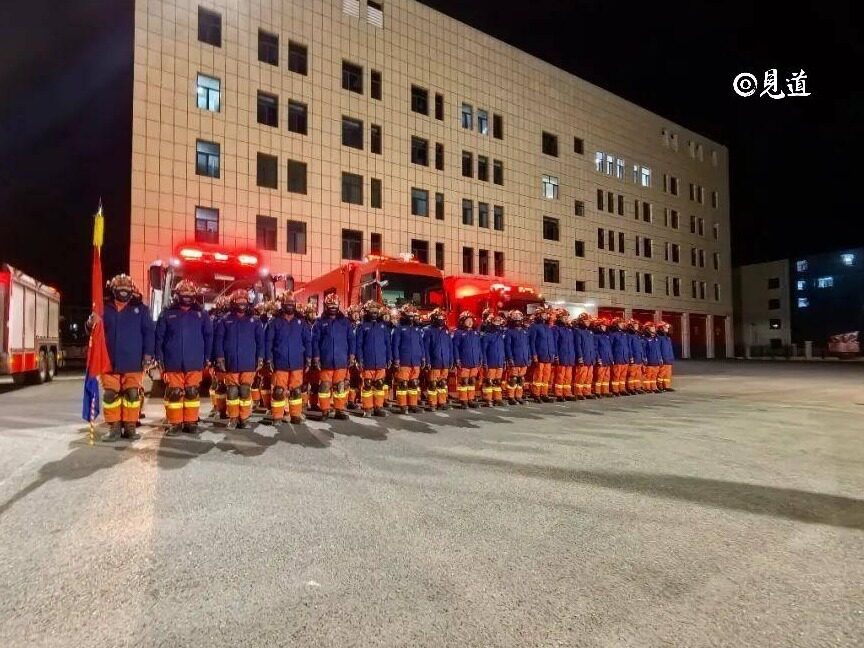
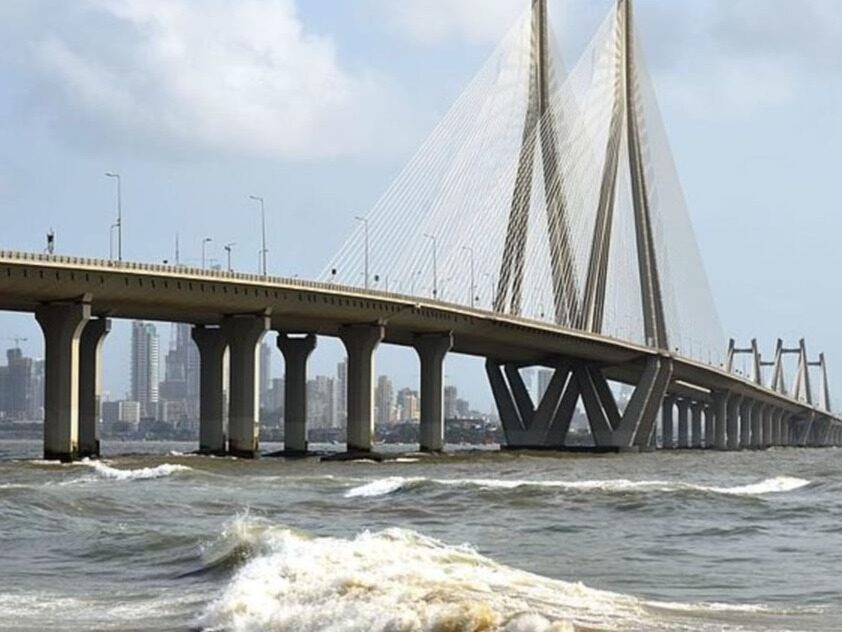






Write something~